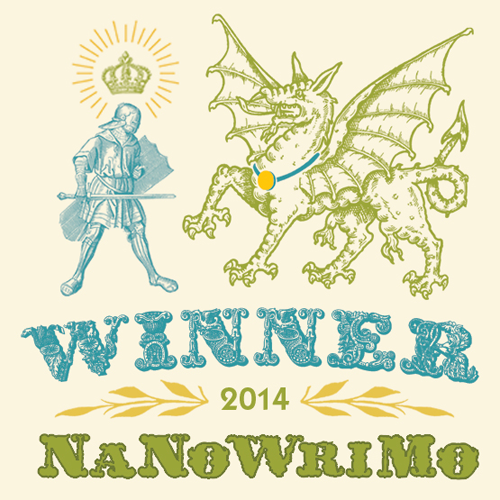Gillian Flynn’s book, Gone Girl, is one of those books you can’t put down. In Australia we would call it ‘moreish’. (Not sure if that’s spelled right, but you get what I mean.) It started out as something I would read before going to sleep at night. But then I got sucked in. Finished in a marathon read yesterday, between the coffee shop and later at home.
I have a friend who is a psychologist who had seen the film, but not read the book. Me vice versa. We started discussing the book on Sunday on the way to a Christmas break-up party, me reacting to unreliable narrator Nick (I seem to be getting a lot of those lately), and poor missing wife Amy writing in her diary. Maureen was doing her best not to give away the oft-identified ‘twist’. We left it at that because she couldn’t talk much about it without spilling the beans. I went home after the party and picked up the book again.
OMG! (I wrote in an email to Maureen) — blah blah (spoiler)! Over the next day, I sent her a few more OMG! emails, to which she told me she laughed each time. Then last night, I sent a final email with this: the ending was unsatisfying. And this: “It did keep me reading. It wasn’t putdownable. But is that really enough? I don’t think it is.”
I don’t intend to put anything about the plot here because if you haven’t read it or seen the movie, I don’t want to spoil it for you. But the question I ask myself as a reader and a writer is: if you give the reader a good ride, but you don’t end with something of equal quality, have you done your job?
I like the way this book is written. Amy is introduced through her diary. I’m using diary entries in my current work in progress. Shawna is writing in the journal Max gave her (from On A Life’s Edge). I like diaries. They are (usually) a way to get into the honest, bare, private thoughts of the character. So I liked to see the technique used in Gone Girl. She also uses what I call ‘zebra POV’, changing the POV character at each chapter, both in first person, the story told by both Nick and Amy. I think that keeps things neat and easily followed by the reader and is also a technique I used in OALE. I’m not quite sure what I’ll do with the sequel, but I do think it worked in my first book and in GG.
GG’s chapters end with pull-through situations or lines, which is one of the reasons I kept reading, couldn’t put it down. I also love the natural dialog in GG. For those of you who know the characters and the twist, I hope you agree. Probably a bit too literally real for some purists — too many ums, ahs, etc. But I think the characterisation is excellent. There was also just enough narrative description to keep things moving and yet give a sense of place. I guess I’d sum this up by saying the necessary ‘cues’ were all there.
This book moves right along because of all these literary techniques. I think they are done well. I just wish she had come up with a different ending. So in that aspect, she hasn’t done her job well enough for me.
Rating: 3.5 stars. Maybe a good beach read.

